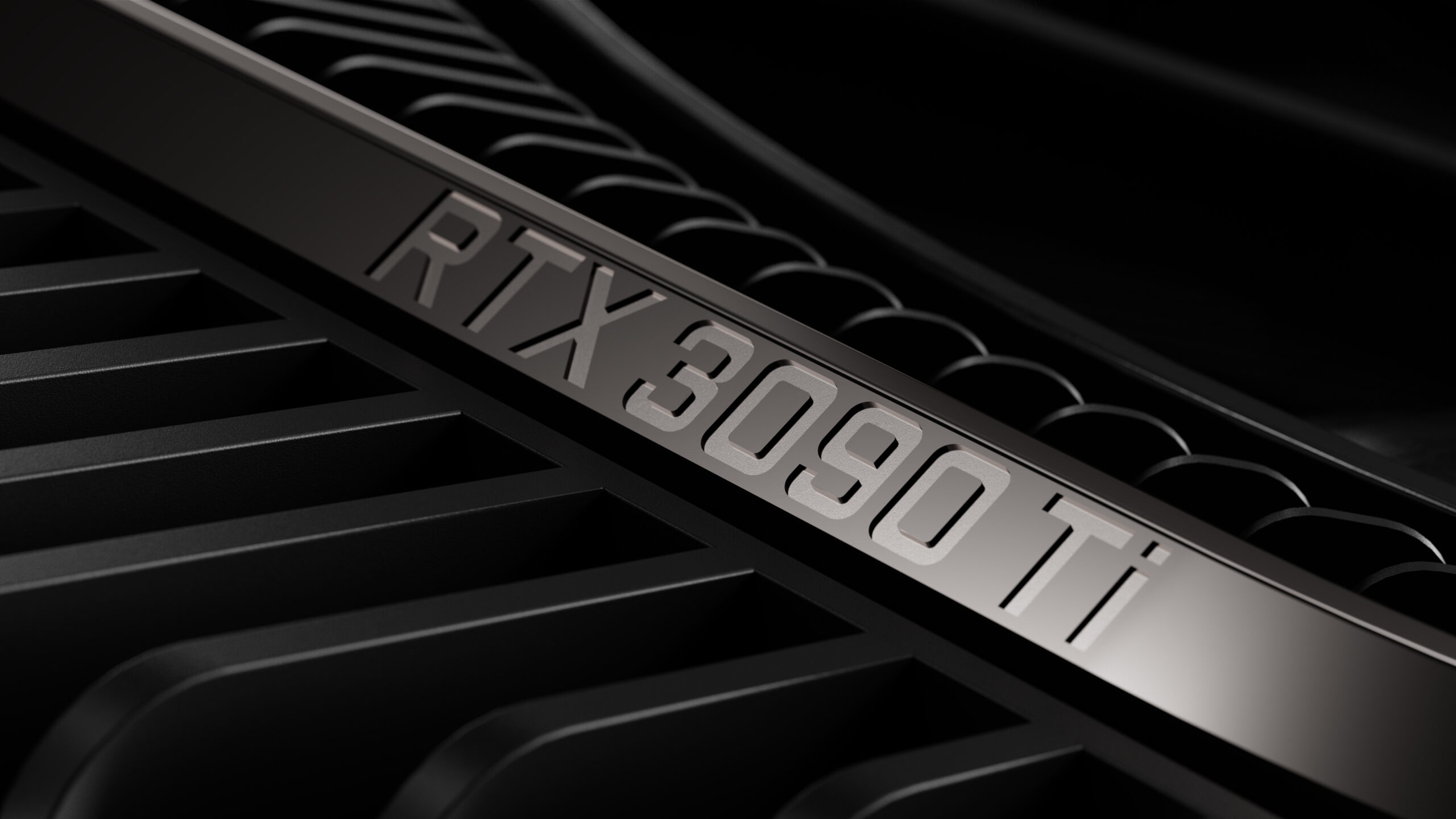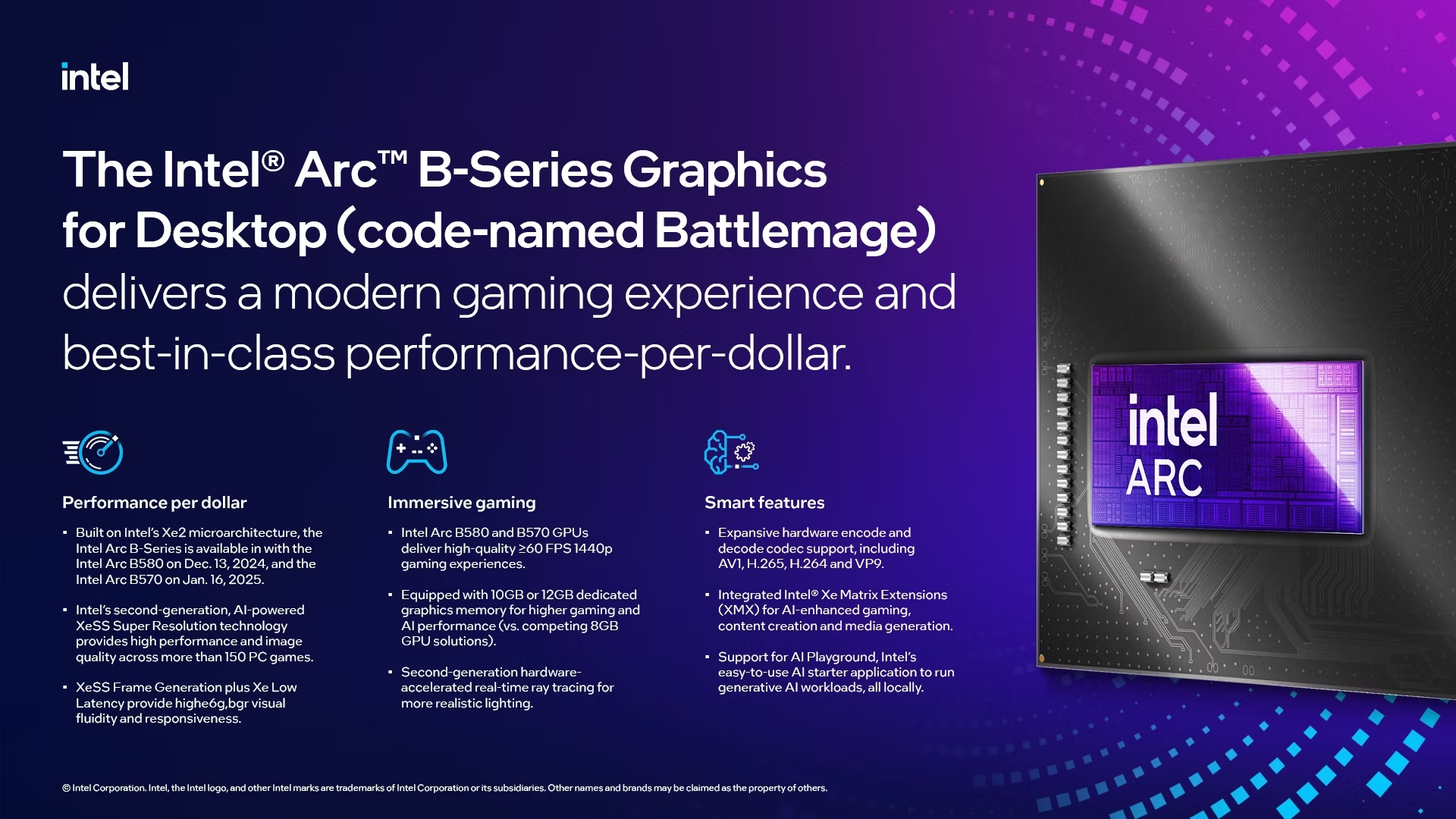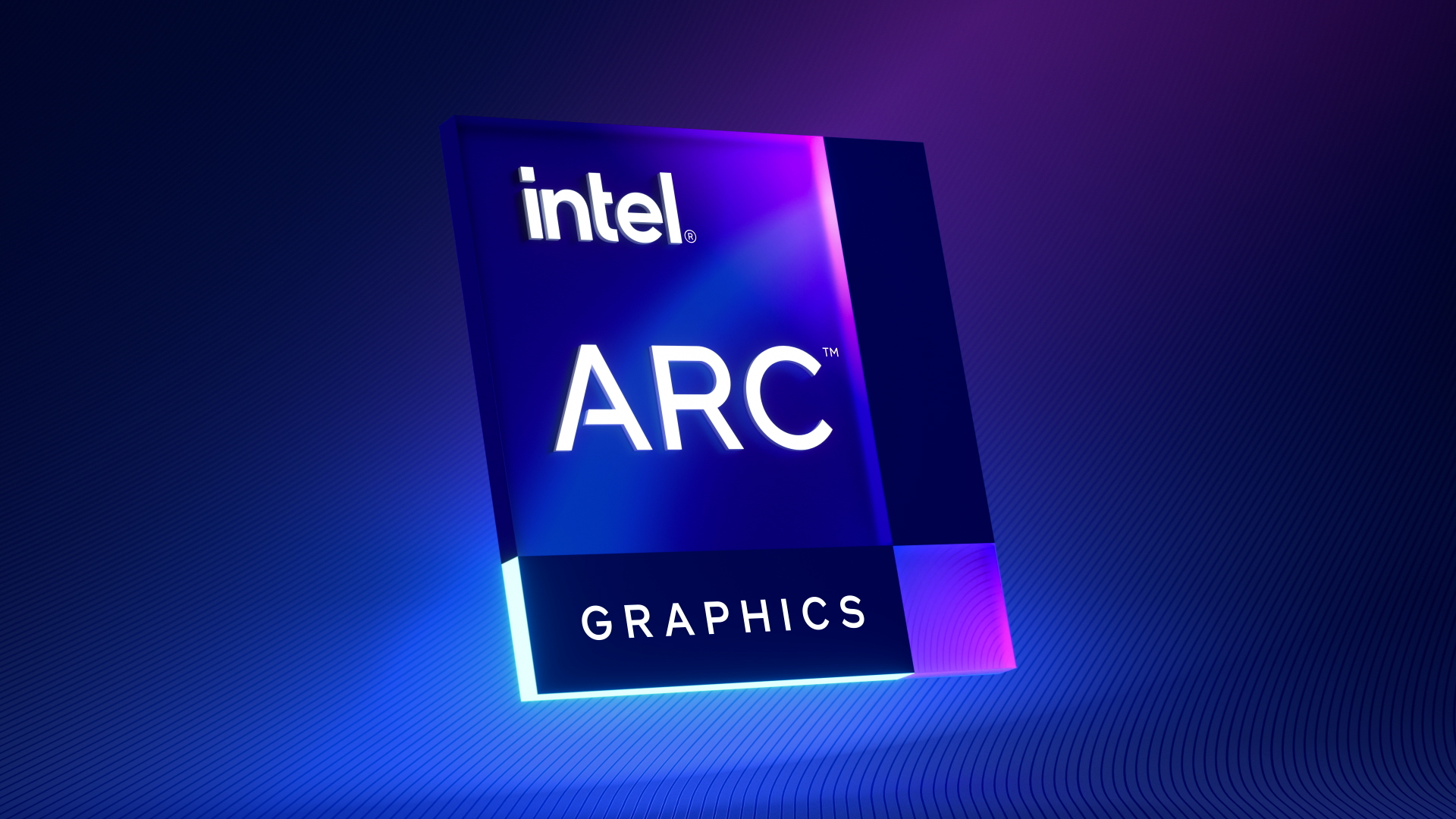Discover the key features and performance of NVIDIA’s RTX 30 series graphics cards, including specs for the RTX 3050, 3060, 3060 Ti, 3070, 3070 Ti, 3080, 3080 Ti, 3090, and 3090 Ti. Learn how these GPUs can elevate your gaming and professional tasks to the next level.
Table of Contents
NVIDIA GeForce RTX 30 Series Specs Explained: What You Need to Know
Introduction
“NVIDIA GeForce RTX 30 Series Specs Explained: What You Need to Know: Specs, Performance, and Release Date” is a crucial topic for anyone interested in the latest advancements in graphics technology. NVIDIA’s RTX 30 series has revolutionized the gaming and graphics industry with its powerful GPUs that deliver unprecedented performance. This article provides a comprehensive overview of the NVIDIA GeForce RTX 30 Series specs, highlighting the key features, performance benchmarks, and release dates of these powerful graphics cards. Understanding the NVIDIA GeForce RTX 30 Series specs is essential whether you’re a gamer, content creator, or tech enthusiast. This guide will help you make an informed decision.
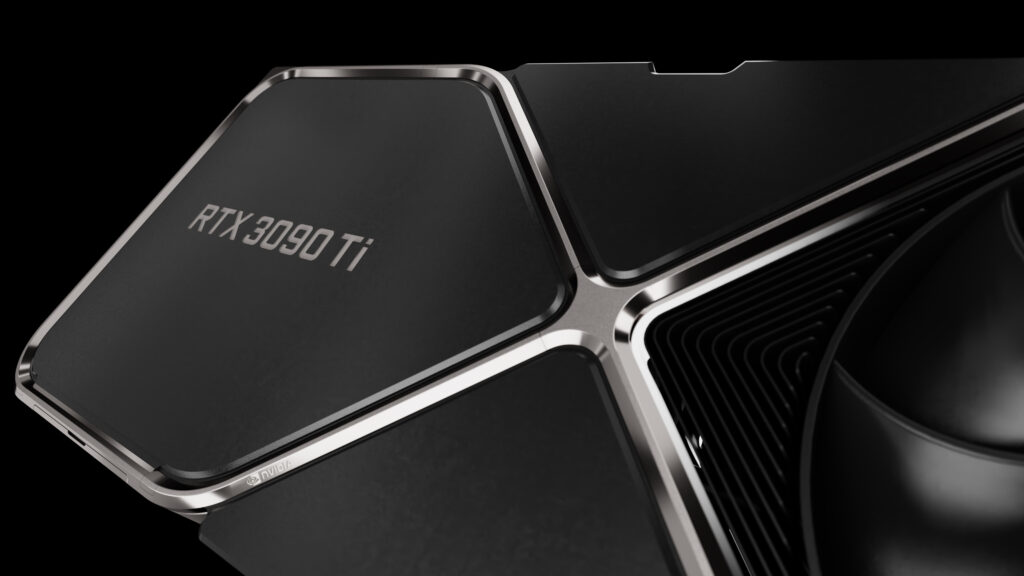
1. Overview of the NVIDIA GeForce RTX 30 Series
The NVIDIA GeForce RTX 30 series, based on the Ampere architecture, was introduced to the market in late 2020. This series marked a significant leap in performance and efficiency compared to its predecessor, the RTX 20 series, thanks to several innovations, including third-generation Tensor Cores and second-generation RT Cores. The RTX 30 series includes several models, each catering to different levels of performance needs, from the mainstream RTX 3050 to the high-end RTX 3090 Ti. In this section, we will delve into the individual specs of each model in the NVIDIA GeForce RTX 30 series, providing a detailed understanding of what each card offers.
2. GeForce RTX 3050: Entry-Level Options
The NVIDIA GeForce RTX 3050 is the starting point of the RTX 30 series, available in two configurations: an 8 GB version and a 6 GB version. The 3050 aims to bring ray tracing and NVIDIA’s latest technologies to a broader audience. The NVIDIA GeForce RTX 30 Series Specs Explained: What You Need to Know: Specs, Performance, and Release Date shows that the 8 GB version is more equipped for modern gaming demands, featuring 2560 CUDA cores, a base clock of 1.55 GHz, and a boost clock of 1.78 GHz. The 6 GB variant provides similar features but with slightly fewer CUDA cores and VRAM, making it more suitable for 1080p gaming with some settings reduced.
These GPUs are great for budget-conscious gamers who still want to experience enhanced graphics and performance. The NVIDIA GeForce RTX 30 Series Specs Explained: What You Need to Know demonstrates that they are capable of running most modern games at 1080p with decent settings and can even handle some lighter titles at 1440p.
3. RTX 3060: Affordable 1080p and 1440p Gaming
The RTX 3060 is a significant step up from the RTX 3050, designed to handle more demanding gaming and content creation tasks. The NVIDIA GeForce RTX 30 Series Specs Explained: What You Need to Know: Specs, Performance, and Release Date highlight that this GPU features 3584 CUDA cores, a base clock speed of 1.32 GHz, and a boost clock of 1.78 GHz, paired with 12 GB of GDDR6 memory. This setup makes it ideal for high-quality 1080p gaming and capable of 1440p gaming at respectable settings.
The RTX 3060 also supports ray tracing and DLSS, providing a good balance of performance and visual fidelity. It’s a popular choice for gamers who want to enjoy the latest games with enhanced graphics without moving to higher price tiers. The NVIDIA GeForce RTX 30 Series Specs Explained: What You Need to Know shows that it’s a strong contender in the mid-range GPU market.
4. RTX 3060 Ti: Enhanced Mid-Range Performance
Stepping up from the RTX 3060, the RTX 3060 Ti offers better performance for those willing to invest a little more. The NVIDIA GeForce RTX 30 Series Specs Explained: What You Need to Know: Specs, Performance, and Release Date indicate that the 3060 Ti features 4864 CUDA cores, a base clock of 1.41 GHz, and a boost clock of 1.67 GHz. With 8 GB of GDDR6 memory, it provides a significant performance increase, suitable for 1440p gaming with high settings and some 4K gaming with reduced settings.
The RTX 3060 Ti is particularly well-suited for gamers who want to take advantage of ray tracing in modern titles without the higher costs associated with top-tier models. The NVIDIA GeForce RTX 30 Series Specs Explained: What You Need to Know highlights its improved performance over the standard 3060.
5. RTX 3070 and RTX 3070 Ti: Balancing Power and Price
The RTX 3070 is one of the most popular choices among the NVIDIA GeForce RTX 30 series. It offers 5888 CUDA cores, a base clock of 1.50 GHz, and a boost clock of 1.73 GHz, paired with 8 GB of GDDR6 memory. This GPU is well-suited for 1440p gaming with max settings and can handle 4K gaming at high settings in many titles. The NVIDIA GeForce RTX 30 Series Specs Explained: What You Need to Know provides insights into its impressive capabilities.
The RTX 3070 Ti takes things a step further, featuring 6144 CUDA cores, a base clock of 1.58 GHz, and a boost clock of 1.77 GHz. It also comes with 8 GB of GDDR6X memory, offering better memory bandwidth compared to the standard RTX 3070. This makes the RTX 3070 Ti an excellent choice for gamers and creators who want more power for high-resolution gaming and intensive applications. The NVIDIA GeForce RTX 30 Series Specs Explained: What You Need to Know highlights its superior performance over the RTX 3070.
6. RTX 3080 and RTX 3080 Ti: High-Performance Gaming
The NVIDIA GeForce RTX 30 Series Specs Explained: What You Need to Know: Specs, Performance, and Release Date provide insights into the high-end models of the series, with the RTX 3080 and RTX 3080 Ti leading the charge. The RTX 3080 features 8704 CUDA cores, a base clock of 1.44 GHz, and a boost clock of 1.71 GHz, along with 10 GB of GDDR6X memory. This configuration is ideal for 4K gaming, providing smooth frame rates and stunning visuals with ray tracing enabled.
The RTX 3080 Ti offers even more power, with 10240 CUDA cores, a base clock of 1.37 GHz, and a boost clock of 1.67 GHz. It comes equipped with 12 GB of GDDR6X memory, making it well-suited for the most demanding games and professional applications. Both the RTX 3080 and 3080 Ti deliver exceptional performance for gamers who want the best experience at high resolutions and creators who need fast processing power for video editing, 3D rendering, and more. The NVIDIA GeForce RTX 30 Series Specs Explained: What You Need to Know underscores their high-performance capabilities.
7. RTX 3090 and RTX 3090 Ti: Ultimate Performance for Professionals
The NVIDIA GeForce RTX 30 Series Specs Explained: What You Need to Know: Specs, Performance, and Release Date reach their peak with the RTX 3090 and RTX 3090 Ti, the most powerful GPUs in the 30 series lineup. The RTX 3090 features 10496 CUDA cores, a base clock of 1.40 GHz, and a boost clock of 1.70 GHz, with a massive 24 GB of GDDR6X memory. This GPU is designed for 8K gaming, intensive 3D rendering, and other professional applications requiring immense computational power.
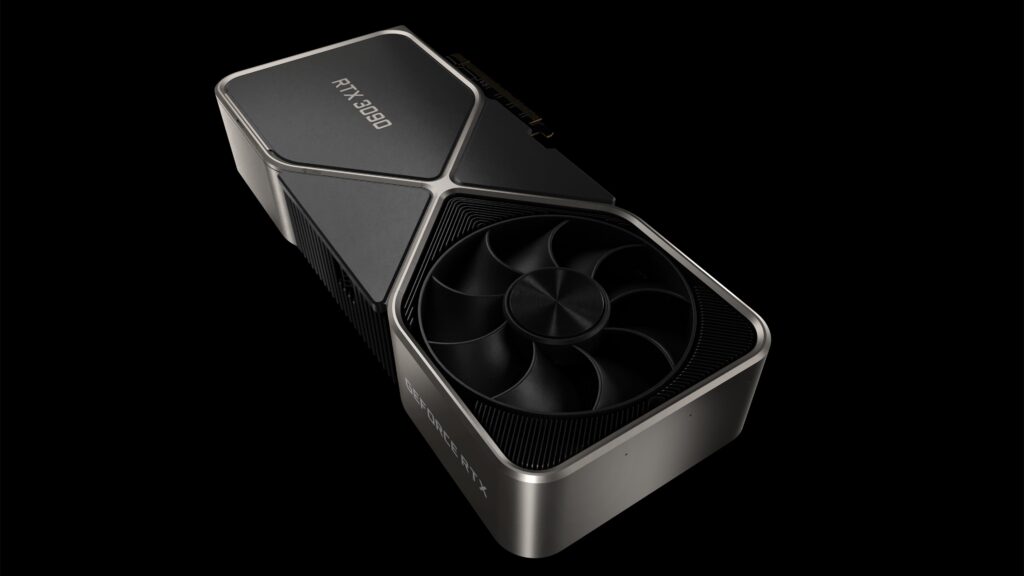
The RTX 3090 Ti takes this a step further with slightly higher clock speeds and more robust cooling solutions, ensuring that it can maintain peak performance even under heavy workloads. It is the ultimate choice for professionals and enthusiasts who need the absolute best in performance, whether for gaming, content creation, or scientific simulations. The NVIDIA GeForce RTX 30 Series Specs Explained: What You Need to Know emphasizes its unparalleled performance.
Table Comparison of NVIDIA GeForce RTX 30 Series
| GPU Model | CUDA Cores | Base Clock | Boost Clock | Memory | Memory Type | Memory Interface Width |
|---|---|---|---|---|---|---|
| GeForce RTX 3050 | 2560 | 1.55 GHz | 1.78 GHz | 8 GB | GDDR6 | 128-bit |
| GeForce RTX 3060 | 3584 | 1.32 GHz | 1.78 GHz | 12 GB | GDDR6 | 192-bit |
| GeForce RTX 3060 Ti | 4864 | 1.41 GHz | 1.67 GHz | 8 GB | GDDR6 | 256-bit |
| GeForce RTX 3070 | 5888 | 1.50 GHz | 1.73 GHz | 8 GB | GDDR6 | 256-bit |
| GeForce RTX 3070 Ti | 6144 | 1.58 GHz | 1.77 GHz | 8 GB | GDDR6X | 256-bit |
| GeForce RTX 3080 | 8704 | 1.44 GHz | 1.71 GHz | 10 GB | GDDR6X | 320-bit |
| GeForce RTX 3080 Ti | 10240 | 1.37 GHz | 1.67 GHz | 12 GB | GDDR6X | 384-bit |
| GeForce RTX 3090 | 10496 | 1.40 GHz | 1.70 GHz | 24 GB | GDDR6X | 384-bit |
| GeForce RTX 3090 Ti | 10752 | ~1.56 GHz | ~1.86 GHz | 24 GB | GDDR6X | 384-bit |
Notes:
- Base Clock and Boost Clock values are approximate and may vary slightly depending on the manufacturer and specific model.
- Memory Type and Memory Interface Width are critical for performance, affecting how data is handled by the GPU.
This table provides a quick reference for comparing the key specifications of each GPU in the NVIDIA GeForce RTX 30 series.
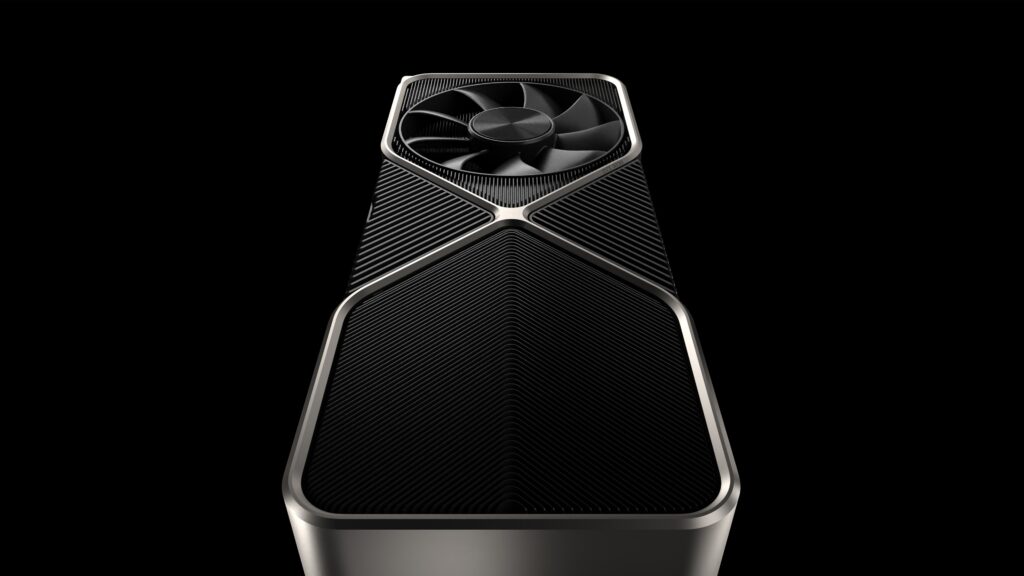
8. Ray Tracing and DLSS: Key Technologies in the RTX 30 Series
A crucial part of the NVIDIA GeForce RTX 30 Series Specs Explained: What You Need to Know: Specs, Performance, and Release Date is the inclusion of advanced technologies like ray tracing and DLSS. Ray tracing allows for more realistic lighting, shadows, and reflections in games, enhancing the overall visual experience. The RTX 30 series GPUs come equipped with second-generation RT Cores, which provide improved ray tracing performance compared to the previous generation.
DLSS, or Deep Learning Super Sampling, is another key feature of the RTX 30 series. This technology leverages AI to upscale lower-resolution images, resulting in higher frame rates without sacrificing image quality. The combination of ray tracing and DLSS makes the RTX 30 series a compelling choice for gamers and creators who want to experience the latest advancements in graphics technology. The NVIDIA GeForce RTX 30 Series Specs Explained: What You Need to Know highlights these groundbreaking features.
9. Performance Benchmarks: Real-World Testing
To truly understand the NVIDIA GeForce RTX 30 Series Specs Explained: What You Need to Know: Specs, Performance, and Release Date, it’s essential to look at real-world performance benchmarks. These tests provide valuable insights into how these GPUs perform in gaming, content creation, and other applications.
In gaming, the RTX 30 series consistently delivers impressive results. The RTX 3070 and 3080, for example, can handle the latest AAA titles at 1440p and 4K resolutions with ray tracing enabled, all while maintaining high frame rates. The RTX 3090, on the other hand, excels in professional workloads, offering unparalleled performance in applications like 3D rendering and video editing. The NVIDIA GeForce RTX 30 Series Specs Explained: What You Need to Know showcases these real-world applications.
10. Power Efficiency and Thermal Management
Another important aspect of the NVIDIA GeForce RTX 30 Series Specs Explained: What You Need to Know: Specs, Performance, and Release Date is power efficiency and thermal management. The RTX 30 series GPUs are designed to deliver high performance while maintaining reasonable power consumption levels. The use of advanced cooling solutions, such as dual-axial fans and vapor chambers, helps keep temperatures in check, ensuring that the GPUs can sustain their performance over extended periods.
11. Availability and Pricing: What to Expect
Since its launch, the RTX 30 series has faced challenges related to availability and pricing. The high demand and supply chain disruptions have led to inflated prices and limited stock. However, as production stabilizes, prices are expected to normalize, making it easier for consumers to purchase these powerful GPUs. The NVIDIA GeForce RTX 30 Series Specs Explained: What You Need to Know highlights these market dynamics.
12. Future-Proofing with the RTX 30 Series
Investing in a GPU from the NVIDIA GeForce RTX 30 Series Specs Explained: What You Need to Know: Specs, Performance, and Release Date is an investment in future-proofing your system. With support for the latest technologies, including ray tracing, DLSS, and DirectX 12 Ultimate, the RTX 30 series is built to handle the demands of future games and applications.
The RTX 30 series GPUs are designed to deliver high performance for years to come, making them an excellent choice for gamers and professionals who want to stay ahead of the curve. Whether you’re looking to build a new PC or upgrade an existing one, the RTX 30 series offers a range of options to suit different performance needs and budgets. The NVIDIA GeForce RTX 30 Series Specs Explained: What You Need to Know confirms their long-term value.
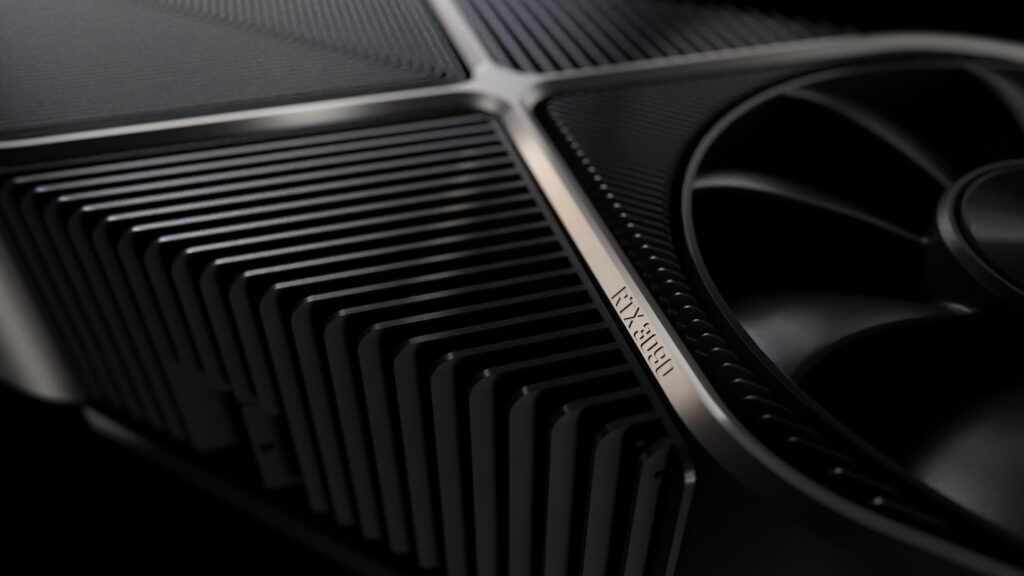
13. Conclusion: Making the Right Choice
“NVIDIA GeForce RTX 30 Series Specs Explained: What You Need to Know: Specs, Performance, and Release Date” provides a comprehensive overview of the key features and performance of these powerful GPUs. From the entry-level RTX 3050 to the high-end RTX 3090 Ti, the RTX 30 series offers a range of options to meet the needs of gamers, content creators, and professionals.
Understanding the specs and performance capabilities of each GPU in the RTX 30 series is essential for making an informed decision. Whether you’re looking for a budget-friendly option for 1080p gaming or a high-performance GPU for 4K gaming and professional workloads, the RTX 30 series has something to offer. The NVIDIA GeForce RTX 30 Series Specs Explained: What You Need to Know ensures that you have all the information necessary to make the right choice.

